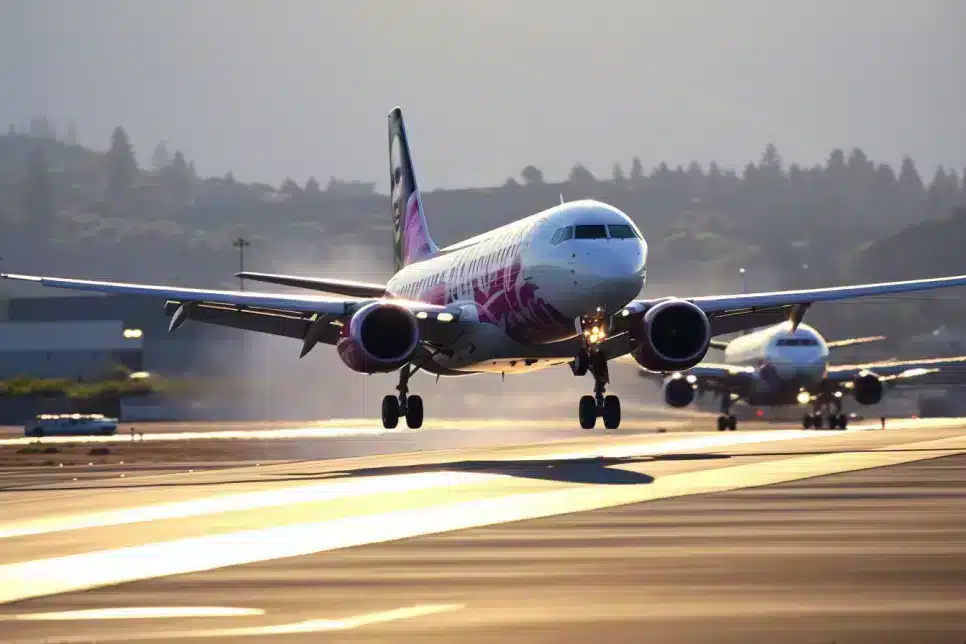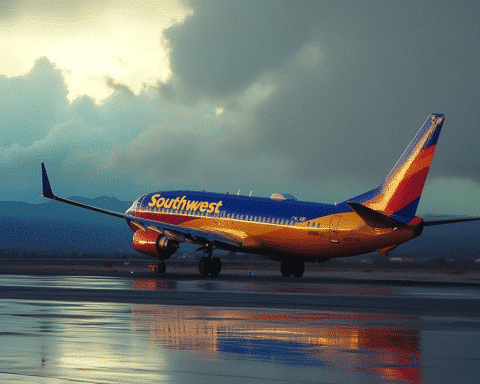In the ever-changing landscape of the airline industry, recent developments have spotlighted the proposed merger between Alaska Air and Hawaiian Airlines. This comes after a significant antitrust ruling where U.S. District Court Judge William Young sided with the Justice Department against JetBlue Airways’ $3.8 billion bid to acquire Spirit Airlines. Judge Young’s decision, grounded in the concern that eliminating a budget carrier would adversely affect cost-conscious travellers, has raised questions about the future of airline mergers, including that of Alaska Air and Hawaiian Airlines.
The immediate aftermath of the ruling saw Hawaiian Airlines’ shares plummet, though they later recovered. Deutsche Bank airline analyst Michael Linenberg remarked, “We’d be lying to ourselves if we thought the probability of a successful merger had not been lowered following [Tuesday’s] ruling.” This sentiment captures the uncertainty rippling through the industry. However, it’s crucial to delve deeper into the specifics of the Alaska-Hawaiian deal to understand its unique position.
Notably, Alaska and Hawaiian Airlines have expressed confidence in their nearly $2 billion deal, emphasizing the complementary nature of their networks. An Alaska Airlines spokeswoman stated, “The decision involving other airlines does not impact our plans to combine with Hawaiian Airlines.” Unlike the Spirit-JetBlue deal, this merger proposes combining two airlines with less than 3% overlap in their networks, indicating a potentially lesser impact on competition.
Herbert Hovenkamp, a law professor specializing in antitrust law, noted that the JetBlue case hinged on eliminating a low-price carrier, a situation seemingly different from the Alaska-Hawaiian merger. Alaska Air’s CEO, Ben Minicucci, highlighted this difference, pointing out their minimal network overlap and commitment to maintaining separate brands, in contrast to JetBlue’s plan to overhaul Spirit’s fleet.
Yet, caution remains. Having successfully challenged two airline deals already, the Biden administration’s Justice Department might still pose a hurdle. The department’s recent victory against JetBlue’s partnership with American Airlines in the U.S. Northeast signals its rigorous stance on preserving competition in the airline industry.
In conclusion, while the JetBlue-Spirit antitrust ruling has indeed stirred the waters, it doesn’t necessarily dictate the fate of the Alaska-Hawaiian merger. The distinct aspects of this merger, particularly the minimal network overlap and the commitment to brand individuality, set it apart from the issues that plagued the JetBlue-Spirit deal. As the industry watches closely, the eventual outcome of this proposed merger will be a significant indicator of the future trajectory of airline consolidations under the vigilant eye of the current U.S. Justice Department.




